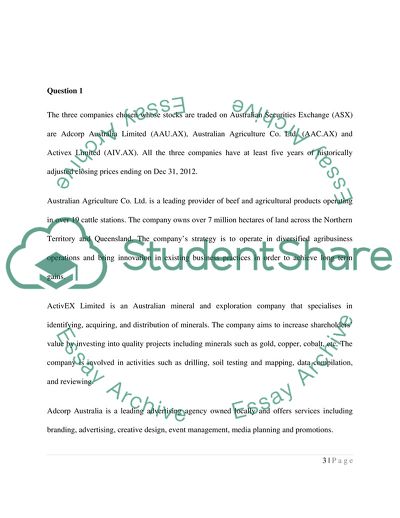Cite this document
(The Monthly Returns of Adcorp Australia Limited, Australian Assignment - 2, n.d.)
The Monthly Returns of Adcorp Australia Limited, Australian Assignment - 2. Retrieved from https://studentshare.org/finance-accounting/1801693-assignment-2
The Monthly Returns of Adcorp Australia Limited, Australian Assignment - 2. Retrieved from https://studentshare.org/finance-accounting/1801693-assignment-2
(The Monthly Returns of Adcorp Australia Limited, Australian Assignment - 2)
The Monthly Returns of Adcorp Australia Limited, Australian Assignment - 2. https://studentshare.org/finance-accounting/1801693-assignment-2.
The Monthly Returns of Adcorp Australia Limited, Australian Assignment - 2. https://studentshare.org/finance-accounting/1801693-assignment-2.
“The Monthly Returns of Adcorp Australia Limited, Australian Assignment - 2”. https://studentshare.org/finance-accounting/1801693-assignment-2.


